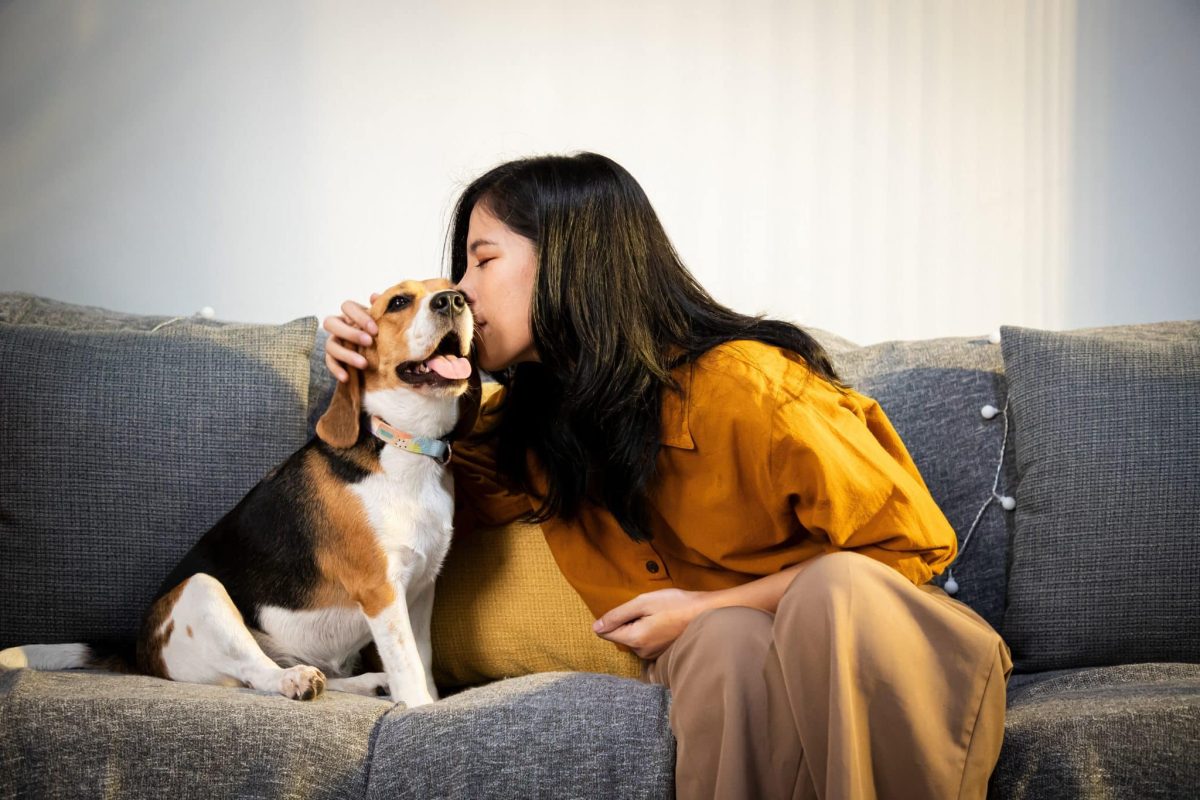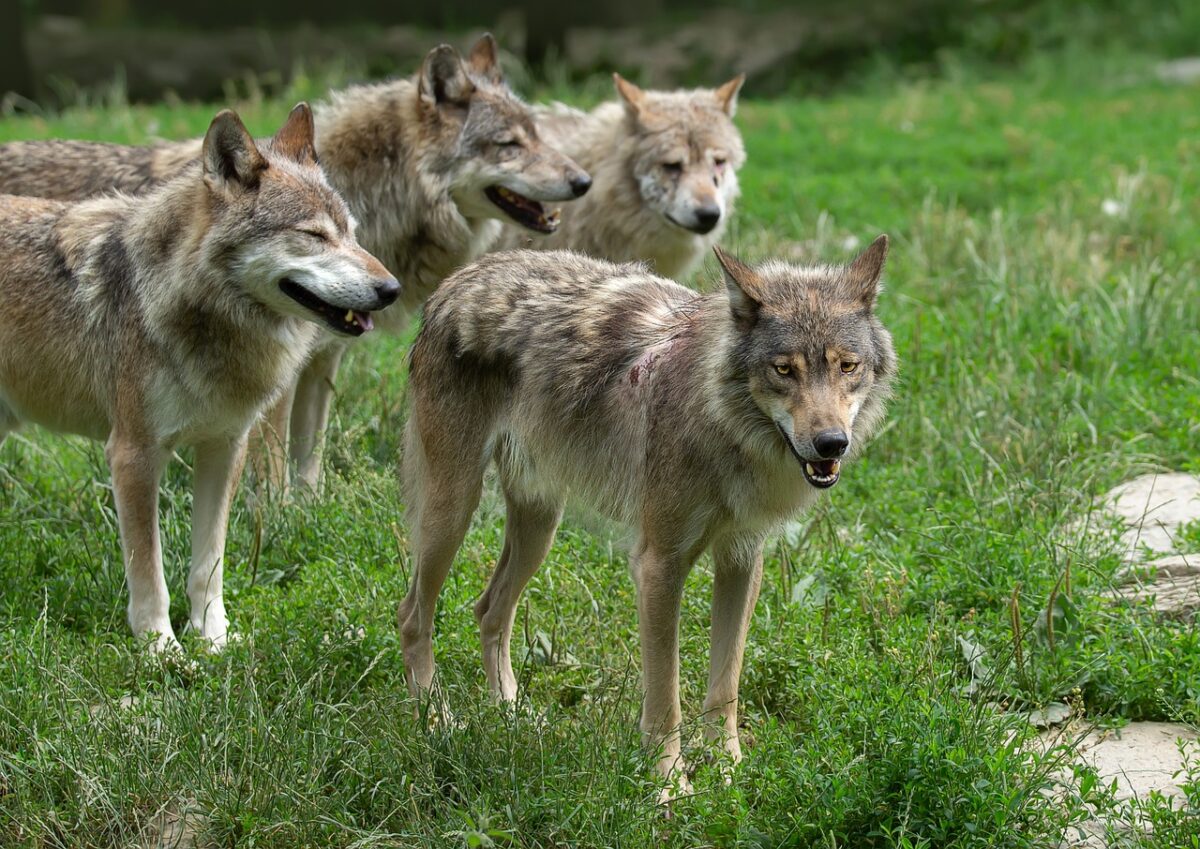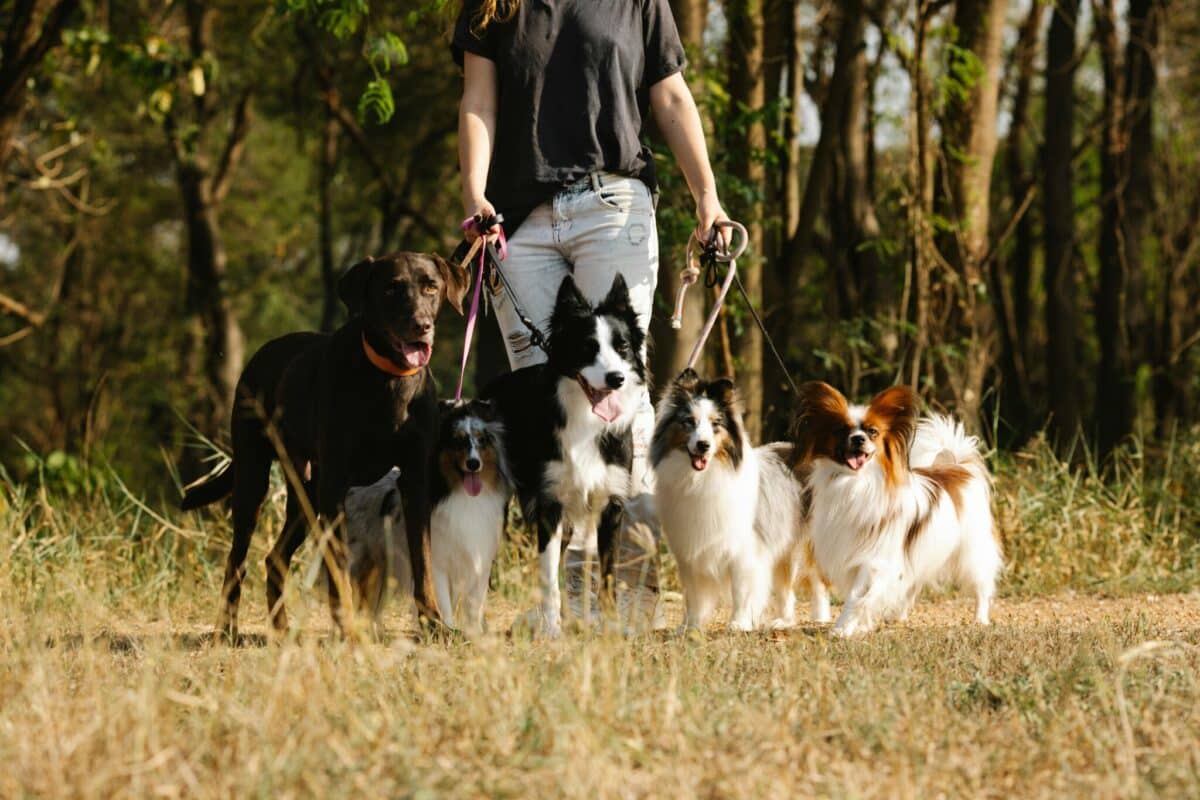 Shutterstock
Shutterstock
Dogs may not use words to communicate, but they have plenty of other ways to express their emotions—and sighing is one of them. A dog’s sigh can convey a range of feelings, from contentment to frustration, and while it may seem like a simple act, it often carries a deeper meaning. Whether your dog is lying down with a satisfied exhale or letting out a long breath after a stressful moment, these sighs provide insights into what’s going on in their mind and body. Here are some fascinating meanings behind dogs’ sighs.
Contentment and Relaxation
 Shutterstock
Shutterstock
One of the most common reasons dogs sigh is to signal contentment and relaxation. When a dog is lying down comfortably, possibly after a long walk or a meal, a sigh can indicate that they are at peace and feeling relaxed. It’s similar to how we let out a sigh of relief when we finally get to unwind after a busy day. The soft exhale signifies that your dog is happy and comfortable, enjoying the moment without any stress or tension.
Disappointment or Frustration
 Shutterstock
Shutterstock
Dogs also sigh as a sign of disappointment or frustration. If your dog has been trying to get your attention or is waiting for something exciting, like a walk or playtime, but it doesn’t happen, they might let out a heavy sigh. It’s their way of expressing, “Well, I guess that’s not happening.” This type of sigh is often accompanied by a resigned body posture, such as lying down or turning away from you. It’s their version of giving up on an expected outcome.
Signaling the Need for Attention
 Shutterstock
Shutterstock
When a dog sighs while making eye contact, or while lying near you, it may be a way to signal that they want attention. The sigh can serve as a subtle cue that they would like a belly rub, a treat, or even some playtime. Dogs quickly learn that certain behaviors get a response from their humans, and a sigh can be used as a gentle reminder that they’d like some interaction. In this case, the sigh is more of a communication tool than an expression of emotion.
Surrendering to Sleep
 Shutterstock
Shutterstock
Sometimes, dogs sigh right before drifting off to sleep. It’s a way for them to release any remaining tension and fully relax into rest. The sigh acts as a signal that they’re ready to transition from wakefulness to sleep. This type of sigh is often accompanied by a slow, deep exhale and a relaxed body posture, such as curling up in a favorite spot. It’s a dog’s way of saying, “Goodnight, I’m ready to snooze now.”
Relief After a Stressful Situation
 Shutterstock
Shutterstock
Dogs may sigh as a sign of relief after experiencing a stressful situation. For example, if your dog has been anxious during a vet visit or thunderstorm, it might let out a big sigh once the stressful moment has passed. The sigh serves as a release of pent-up tension, helping your dog to decompress and return to a calmer state. In this context, the sigh is a physiological response to stress relief, similar to how we might exhale deeply after a tense experience.
Communicating Boredom
 Shutterstock
Shutterstock
A dog’s sigh can also be a sign of boredom. When they have nothing to do, they may let out a long, exaggerated sigh to show their lack of engagement. It’s their way of saying, “I’m bored, and I wish something exciting would happen.” If your dog is frequently sighing and appears uninterested, it could be a sign that they need more mental stimulation or physical activity. In this case, a new toy, some playtime, or a walk might be just what they need to shake off the boredom.
Expressing Physical Discomfort
 Shutterstock
Shutterstock
In some cases, dogs may sigh as a response to physical discomfort or pain. If a dog is dealing with an injury, arthritis, or any other condition that causes discomfort, sighing may accompany shifts in position or lying down. It’s a subtle way for them to express that they’re not feeling their best. If your dog’s sighs are frequent and accompanied by other signs of discomfort, such as limping or difficulty getting up, it may be time for a vet visit to rule out any medical issues.
Adjusting to a New Environment
 Shutterstock
Shutterstock
When a dog is adjusting to a new environment, such as a new home or a different routine, they may sigh more frequently. The sighing can indicate that they are processing the changes and trying to acclimate. It’s a way for them to release tension as they adapt to their new surroundings. In this context, sighing can be seen as a form of self-soothing that helps dogs cope with the unfamiliar. Providing extra comfort and reassurance can help them adjust more smoothly.
Signaling Satisfaction
 Shutterstock
Shutterstock
Dogs may sigh when they are feeling satisfied, such as after a meal or a fun play session. This type of sigh is similar to a “sigh of contentment” and is a sign that they are happy with how things are going. It’s often accompanied by a relaxed body posture, such as lying down or stretching out. When your dog sighs after something enjoyable, it’s their way of expressing that they are content and have had their needs met.
Mimicking Human Behavior
 Shutterstock
Shutterstock
Dogs are observant creatures and often mimic the behaviors of their humans. If you frequently sigh, there’s a chance your dog may have picked up on this habit and started moaning, too. While this doesn’t mean that your dog fully understands the meaning behind your sighs, they may have noticed that it’s a common response in certain situations and decided to copy it. In this case, the dog’s sighing is more about imitation than expressing a specific emotion.
Communicating Disinterest
 Shutterstock
Shutterstock
A dog’s sigh can also be a sign of disinterest. If they’re presented with something they find unappealing, such as a toy they don’t like or a situation they don’t enjoy, they may sigh as if to say, “I’m not impressed.” This type of sigh is usually accompanied by a lack of engagement, such as lying down or turning their head away. It’s a subtle but clear way for dogs to show that they’re not interested in what’s happening.
Indicating Trust and Comfort
 Shutterstock
Shutterstock
When a dog sighs while resting their head on you or lying close by, it can be a sign that they trust you and feels comfortable in your presence. This type of sigh is a signal of relaxation and reassurance, indicating that they are at ease. The deep exhale is a way for them to release any lingering tension, and it shows that they feel safe and secure. It’s one of the most heartwarming reasons behind a dog’s sigh, as it reflects the bond you share.
Demonstrating Patience
 Shutterstock
Shutterstock
Dogs may sigh as a way of demonstrating patience. For example, if you’re taking a long time to get ready for a walk, your dog might let out a sigh to signal that they’re waiting—albeit a bit impatiently. The sigh is a subtle way of reminding you that they’re ready to go and are doing their best to be patient. It’s not necessarily a sign of frustration but rather an indication that they’re eagerly anticipating something fun.
Reacting to Overstimulation
 Shutterstock
Shutterstock
Sometimes, dogs sigh as a way to cope with overstimulation. If they’ve had a particularly active day or have been around a lot of people or other animals, they may sigh to release some of the excess energy and wind down. The sigh helps them transition from a state of high arousal to a more relaxed state. In this case, the sigh serves as a natural way for the dog to decompress and regain their composure.
The Secret Sigh Language Of Our Canine Companions
 Shutterstock
Shutterstock
Dogs may not be able to tell us exactly why they’re sighing, but their sighs can speak volumes about their feelings. Whether it’s contentment, boredom, or a plea for attention, there’s always a reason behind that soft exhale. The next time your dog lets out a dramatic sigh, take a moment to notice—it could be their way of sharing what’s on their mind. In the world of doggy communication, a sigh can sometimes be worth a thousand woofs, revealing emotions we might otherwise miss.

 1 month ago
15
1 month ago
15


















 English (US) ·
English (US) ·